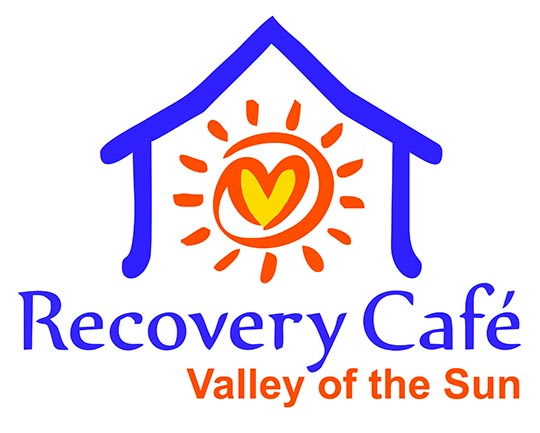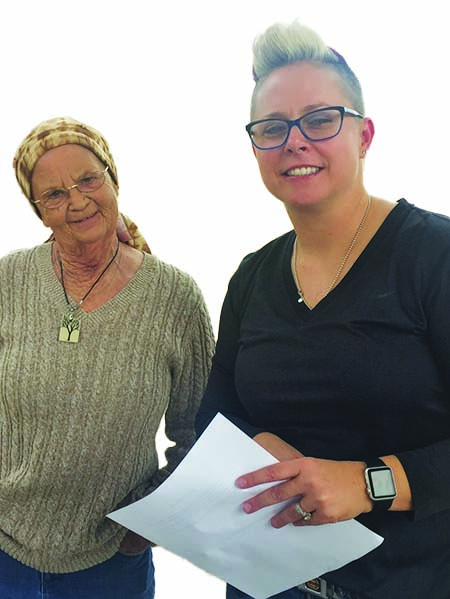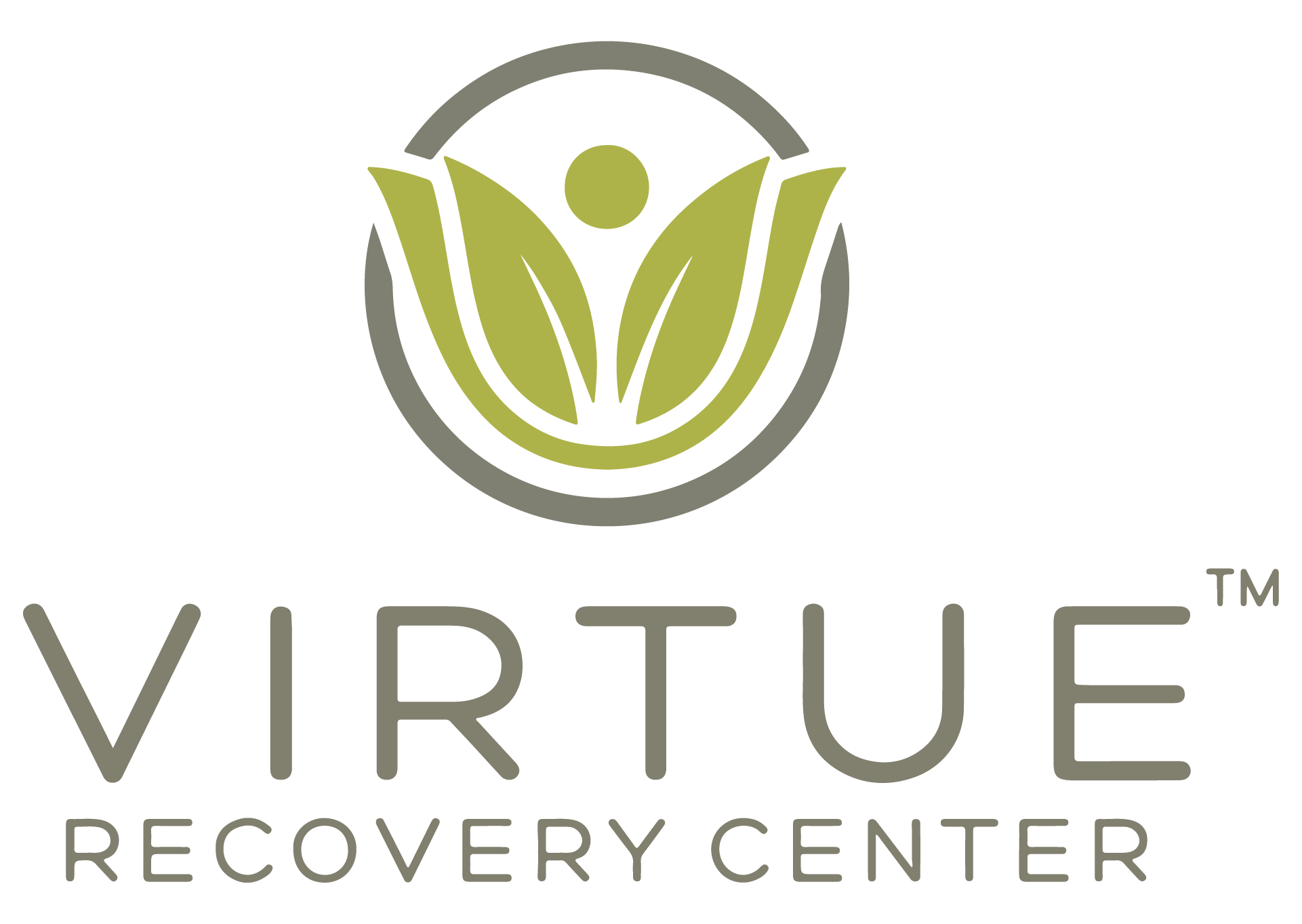By Carly Moss, LAC, Manager of Outpatient Services, Sierra Tucson “It is imperative to be prepared to keep yourself emotionally steady through the season by devising a supportive therapeutic plan that...
By Carly Moss, LAC, Manager of Outpatient Services, Sierra Tucson
“It is imperative to be prepared to keep yourself emotionally steady through the season by devising a supportive therapeutic plan that includes a safe support system, recognizing potential triggers, and knowing your boundaries.”
The holiday season is a complex time for many individuals in recovery. Whether you are someone who has never sat in a therapist’s office or you have recently returned from a 30-day stay at a residential facility, navigating the holiday emotional roller coaster can be daunting. During the season, advertisements, songs, and store décor can remind us of childhood nostalgia, or perhaps family members we grieve for because they are not with us. Holidays are also fraught with high expectations or memories of huge disappointment.
For those in early recovery, the first holiday season is a milestone in their journey of healing. Toxic family relationships, emotionally triggering situations, and cravings to use addictive substances are a few speedbumps frequently encountered. When preparing to attend family dinners and holiday parties, it is imperative to be prepared to keep yourself emotionally steady through the season by devising a supportive therapeutic plan that includes a safe support system, recognizing potential triggers, and knowing your boundaries.
Prior to recovery, many of us lived our lives in opposition to recovery values. As a result, many relationships remain unhealthy and connected to the past. However, it is vital that a support system be diverse and safe. Early recovery is a time to identify those who are safe and help you move toward your values in recovery. This is a difficult task for many since safety is relative to each individual. Support systems can include family, friends, sober support, therapists, psychiatrists, or spiritual advisors. Each individual plays a specific role. It’s important to choose wisely, as people who continue to abuse substances or who romanticize past experiences of using, are not a safe support system choice. Similarly, in mood disorder recovery, individuals who are hyper-critical or negative can ignite past cognitive distortions, which are a slippery slope when healing from depression.
Support needs to encourage and empathize with the individual’s successes and struggles in early recovery. For instance, in addiction recovery, sober support along with individuals who understand the nature of addiction is crucial, and for depression recovery, the support network should be informed of the individual’s safety plan for suicidal ideation. Regardless of what type of recovery, or who is part of the support system, clear, consistent communication of potential triggers and boundaries allows the support system to aid in the individual’s recovery and successful navigation of the holiday season.
Develop a Plan to Manage Triggers and Establish Boundaries
When healing from substance abuse, mood disorders, or unresolved trauma, coping with triggers during the holiday season is difficult. Triggers are specific to an individual and can shift as one’s recovery develops. When identifying potential triggers, it is helpful for one to reflect on past experiences, which may have activated intense anger, panic, or sadness, or were connected to their substance use. Remember that recovery is not measured on the number or types of triggers one experiences, instead successful recovery can be evaluated by how one responds to experienced triggers. A successful recovery is when one experiences a triggering situation, identifies the trigger and emotions experienced, followed by implementing the necessary coping skills to decrease the emotional activation.
Upon leaving a residential treatment program, it is a necessary skill to identify the people, places, and things which could create substance cravings or emotion activation. This can be especially difficult to navigate throughout the holiday season. Family and friends’ may have expectations to attend parties with alcohol or lack the understanding of increased anxiety in large crowds. It is specific to each individual’s recovery whether to avoid triggering situations or to engage with the potential triggers. If one chooses to enter into a triggering situation, it is necessary to communicate with the identified support system where one is going, potential coping skills needed, as well as an exit strategy if the emotional activation or cravings become unmanageable. To illustrate, a triggering situation, could include family holiday traditions which highlight the absence of members who have passed away. First, communicate to a present family members or a 12-step sponsor the nature of the situation. Next, identify coping skills such as breathing techniques or grounding skills that will be helpful. Lastly, one may need to leave the situation, if they are experiencing increased hopelessness, helplessness, or substance cravings.
Lastly, a skill not only for the holiday season, but also for continued recovery, is identifying boundaries and clearly communicating them to those in your support network. Dr. Brené Brown, Ph.D., LMSW, has researched for the past twenty years shame, vulnerability, courage, and empathy. Each of these topics are relevant to recovery. Brown describes shame as “the fear that we are not good enough.” Shame is the emotion that prevents vulnerability, courage, and empathy. When paralyzed by shame, one lacks interpersonal connection and consequently can begin to struggle with mood disorders or substance abuse. Through Brown’s research she has presented TED Talks, written numerous books, and become a household name in the counseling world. From the research and publications, boundaries are identified as necessary for continued vulnerability, courage, and empathy. Brown defines boundaries as “what is okay and what is not okay.”
As one begins a new life in recovery, asking yourself “what is okay and is not okay” can simplify the potentially overwhelming concept of boundaries. Once boundaries are identified, shame can resurface to stall clear communication of boundaries. For example, behaviors prior to recovery can communicate one is not worthy of sharing needs due to how they have impacted others. Brené Brown states “Daring to set boundaries is about having the courage to love ourselves even when we risk disappointing others.” Without communicating boundaries to others, we communicate to ourselves that our needs are not worthy of validation or respect. Consequently, resentment can develop toward those who continue to violate boundaries, decrease interpersonal interaction, and cultivate the old shame message that “we are not good enough.” Therefore, as the holiday season approaches, dare to fight the shame while communicating boundaries that are necessary for your recovery.
Even if you develop a solid support system and hone your skills to identify triggers and communicate boundaries, it is very possible that you still may navigate the holiday season with difficulty, especially if you are in early stages of recovery. But, it will increase your confidence as life in recovery continues. Even after beginning therapy or discharging from residential treatment, it is common for friends and family to not appreciate or believe in your lifestyle changes. This disbelief can be a result of past unsuccessful attempts to live in recovery. However, consider making a sincere effort to let family and friends know that this new shift during the holiday season is different and important in your long-term recovery efforts. Trust in one’s recovery is developed through witnessing new behavior changes over an extended period of time. Coping skills and boundaries are not useful when the intent is to control other’s reactions to one’s recovery. Thriving in recovery throughout this holiday season means using these skills and boundaries to focus on your responsibilities in recovery. As you continue to effectively navigate difficult experiences like the holiday season, confidence in one’s ability to maintain this new lifestyle will continue to develop and strengthen your quest toward successful recovery.
Relapse Prevention: Life After the Holidays
Getting through the holidays when you are attempting recovery is a great feat, but challenges will undoubtedly continue long after, and they often look different for each individual. For those struggling with substance abuse, recovery can be measured by days sober; meetings attended, or decrease in cravings for their drug of choice. In mood disorder recovery, the goal can be a decrease in emotional distress, suicidal ideation, or self-harm. Others healing from post-traumatic stress disorder (PTSD) look to lower hypervigilance, flashbacks, nightmares, or dissociative episodes. Many are even attempting to heal from a combination of substance, mood disorders, or unresolved trauma. Each individual’s recovery fits the context of his or her story from which he or she is healing. An alcoholic in early recovery could find happy hour at a local restaurant or the smell of vodka on a friend’s breath a trigger. Consequently, his/her recovery may include attending 12-step meetings and not spending time with friends who are consuming alcohol. Others who may struggle with isolation or social anxiety may need to reach out for support to leave the house. Subsequently, recovery could be utilizing coping skills and communicating to his or her support system when he or she needs support. Continued recovery past the holiday season requires uncomfortable lifestyle changes and continued therapeutic support to prevent relapse.
Relapse prevention plans are vital, not only for those with substance abuse concerns, but also for those with mood and trauma recovery. Because relapse can be a slow process, you and your treatment team must identify the subtle signs that you may be returning to past behaviors first, by identifying behaviors that put your recovery at risk. In substance abuse recovery this could include ruminating on past substance abuse or skipping recovery meetings. While in mood or trauma recovery, risky behaviors include not taking medications as prescribed, isolation from the support network, or not attending therapy sessions. A successful relapse prevention plan recognizes the action steps needed when at-risk behaviors begin. When at-risk behaviors surface, there is a choice to move toward your values in recovery or continue sliding towards relapse. Ideally, you choose to move toward your values by reengaging with your recovery. This could include, but is not limited to, reviewing needed coping skills, increasing recovery groups, therapy sessions, adjusting prescribed medication, or returning to a residential level of care.
A common misconception for those seeking residential treatment is when you take a month out of your life to focus on your recovery you will be “fixed” upon the thirtieth day. Residential treatment simply provides the foundation for a new life to begin. One of the benefits of residential therapy is the constant care and therapy without the distractions and pressure from everyday life. While in residential treatment, an individual can receive group therapy, psychoeducation for skill building, family therapy, individual therapy, and other specialized support depending on the treatment facility. As a result, those who actively engage in their treatment are able to quickly experience changes. For those seeking treatment for substance abuse, these changes might include no longer experiencing daily withdrawal symptoms or being able to clearly think. For those struggling with mood disorders, intense psychiatric care can provide clarity for medication management or intensive therapy to begin addressing chronic suicidal ideation. Others with PTSD may be able to receive specialized services such as Eye Movement Desensitization Reprocessing (EMDR) or Somatic Experience (SE) as a means to reprocess traumatic events. Regardless of the therapeutic or psychiatric modality used, a residential environment provides a unique safety net for individuals to engage in their recovery.
The Value of Continued Care
When in a residential treatment program, your progress is evaluated by your treatment team. Even with continued progress, treatment teams will recommend continuing care such as transitional living, partial hospitalization programs (PHP), or intensive outpatient programs (IOP). Relapse is a possibility for individuals who return to their old environment immediately after discharge from treatment and only attend a weekly therapy session. It is a therapeutic leap to go from 24-hour care to one-hour-per-week of therapy.
When an individual engages in a gradual step-down process, chances for a successful recovery increase. Transitional or sober living environments can be used in conjunction with PHP and IOP treatment. Their function is to provide community, accountability, support, and structure for those who are transitioning from residential treatment. PHP treatment is often referred to as day treatment. Individuals receive clinical support throughout the day and then are able to return to their transitional living or home for the evening. Transitional living and the PHP level of care are the most frequent recommendation for continuing care when discharging from residential treatment. This combination mimics the therapeutic support and accountability an individual received at a residential treatment facility, while increasing freedom in the evenings. After completing PHP, the next step in treatment is IOP. At this juncture in recovery, IOP provides treatment for 3-4 days per week for 3-4 hours per day and prepares individuals to return to the outpatient, weekly therapy they began prior to residential treatment.
About Sierra Tucson
Sierra Tucson, an international leader in behavioral, mental, and integrated healthcare, offers continuing care programs for mood and trauma on our campus in Tucson with our recently introduced outpatient programs designed to build on the foundation developed in residential recovery. Clients receive medical and clinical services, including a psychiatric provider who evaluates PHP clients on a weekly basis and IOP clients as needed. They also engage in therapeutic modalities such as individual therapy, EMDR, Somatic Experience, family therapy, equine therapy, and art therapy provided by master’s level clinicians. Clients also participate in psychoeducational classes focused on application of skills in early recovery.
While committing to each level of care utilizes resources and time, following a gradual, therapeutic step down can relieve the anxiety and stress of beginning a new lifestyle in recovery. If you or someone you know is considering exploring the first steps in recovery, or looking to build on the foundation developed in residential programming, Sierra Tucson provides all levels of care for substance abuse, mental health, unresolved trauma, and complex pain. www.sierratucson.com
Carly Moss, LAC Manger of Outpatient Services

Carly Moss, LAC is Manager of Outpatient Services for the Sierra Tucson PHP and IOP programs. Carly joined Sierra Tucson in 2017 as a primary therapist for the Mood & Anxiety Program, later transitioning to working the Trauma Recovery Program. Her focus for the therapeutic process is facilitating an environment that is safe and supportive. During the course of treatment, Carly uses a variety of modalities when working with residents, including dialectical behavior therapy (DBT) and acceptance and commitment therapy (ACT). Carly is passionate about residents beginning their transformative experience while at Sierra Tucson.































